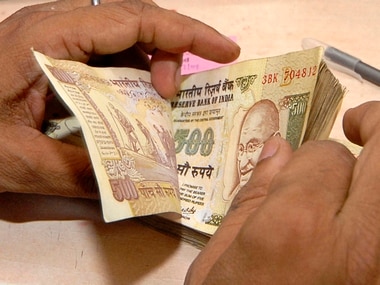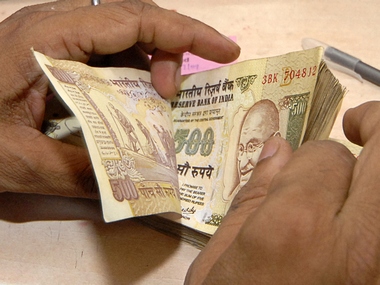For many, the dynamics of bonds, considered a safe investment avenue, is a rocket science. They think these financial instruments are difficult to understand.
But, the truth is that it really isn’t that hard. Firstpost has been demystifying bond terms for a while now (read this ). As a continuation, today we tell your more about dirty bond price and clean bond price, and why you need to know about it.
To understand the difference between the dirty price of the bond and clean price of the bond, first we need to understand the difference between the coupon rate of the bond and yield.
[caption id=“attachment_1310507” align=“alignleft” width=“380”]
 Representational Image. Reuters[/caption]
Representational Image. Reuters[/caption]
Simply put, the coupon rate is the interest stated on the bond when it is issued. So, a bond with face value Rs 1,000 with a coupon of 6 percent will fetch you Rs 60 a year. But remember that bonds can be bought and sold even in the secondary market, where the price of the bond may not be the face value of the bond. The price could be lesser or more than the face value. Here is where yield comes into the picture. Yield is the return you make when you trade the bond. In fact, there are six different types of yields, but for the sake of simplicity, we will talk about current yield, which is measured by the formula:
Yield = coupon amount/price*100.
So let’s say that the face value of the bond is Rs 1,000 and the annual coupon is 10 percent, or Rs 100. The current price of the bond is Rs 900. So the current yield of the bond is 100/900*100, which is 11.11 percent.
Dirty price
The financial dictionary defines, dirty price as a bond pricing quote referring to the price of a coupon bond that includes the present value of all future cash flows, including interest accruing on the next coupon payment. In other words, when you trade a bond in the secondary market, you don’t necessarily trade on the coupon payment date. The day you trade the bond could actually be in between coupon payment dates. And it’s only fair that the seller who has held the bond has to be compensated for the number of days she has held the bond between coupon payments dates. Hence, accrued interest is earned when a bond is in between coupon payments dates. And this accrued interest increases until the coupon payment is made. The price including accrued interest is known as the dirty price.
Clean price
This is the price that doesn’t include any accrued interest. While the dirty price is clean price plus the accrued interest.
Why you need to know: Some exchanges quote dirty price while others clean price. Hence, it becomes important to know what kind of price is being quoted.
)